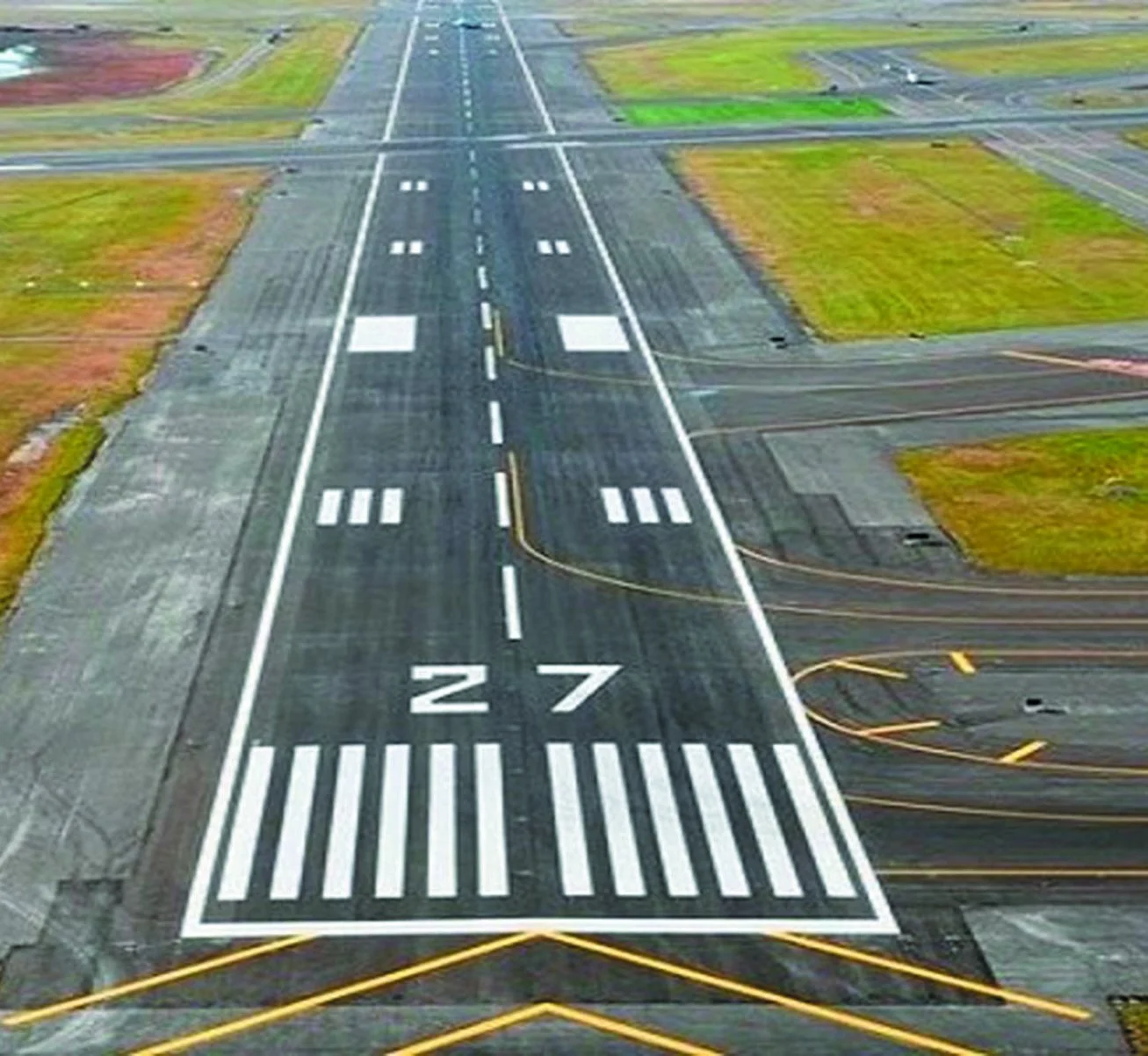
Runway Markings Guide
Discover the importance of understanding runway markings, which guide pilots during takeoffs, landings, and taxiing.
Like what you see? Access all of our learning materials and Question Banks.
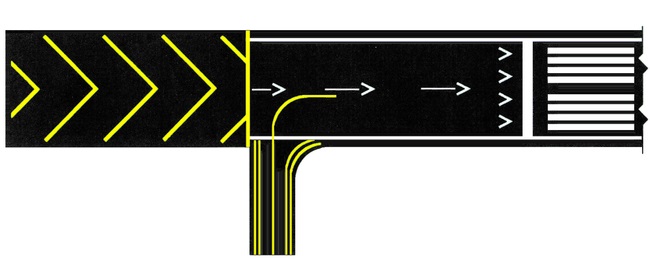
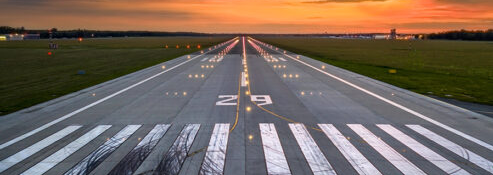
For example, a runway aligned at 183 degrees would be rounded to 180, making it Runway 18. When communicating over the radio, it’s referred to as Runway One-Eight rather than Runway Eighteen. In the U.S., the leading zero for runways numbered 1 through 9 is omitted, so we say Runway Two instead of Runway Zero-Two, which is common in other countries.
For parallel runways, an additional designator is used, with “L” for left, “C” for centre, and “R” for right.
If you come across a Runway marked with an “X,” it indicates the runway is closed, not the Roman numeral for 10.
Since runway numbers are based on magnetic headings, and the Earth’s magnetic field gradually shifts, runway numbers can change over time.
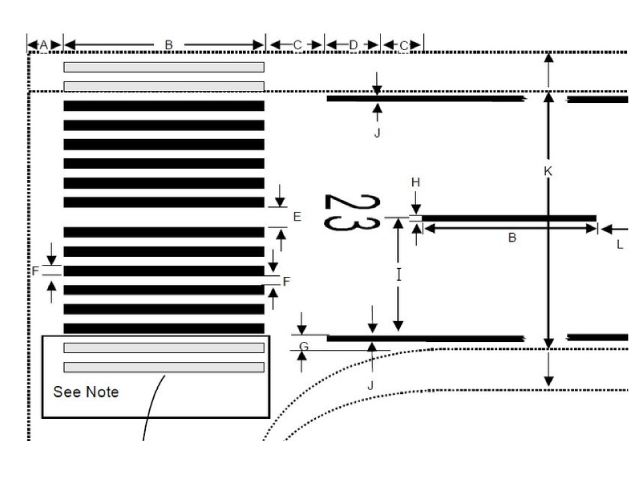
B) Non Precision Approach Runways
Runway Edge Marking is normally provided on all ILS equipped runways and those other runways where there is insufficient contrast between the runway and its shoulders or where the declared runway width is less than the paved width. Non-precision approach visual runways markings, usually in the form of white stripes across the runway, highlight the beginning of the runway available for landing.
C) Precision Approach Runways
Precision approach runways are equipped with sophisticated instrument landing systems (ILS) or other precision-based guidance systems. These runways offer precise vertical and lateral guidance to pilots during approaches and landings, even in adverse weather conditions with reduced visibility.
Where displacement is of a temporary nature, e.g. to accommodate runway maintenance, the normal threshold markings will be obscured and the appropriate Displaced Threshold Marking and threshold marker boards, illustrated at Figure 2.1 (e), put in place in order to mark the new threshold.
Whenever a threshold is displaced, the pre-threshold area will be marked according to its usability at Figure 2.1 (d) and (e).
Like what you see? Access all of our learning materials and Question Banks.
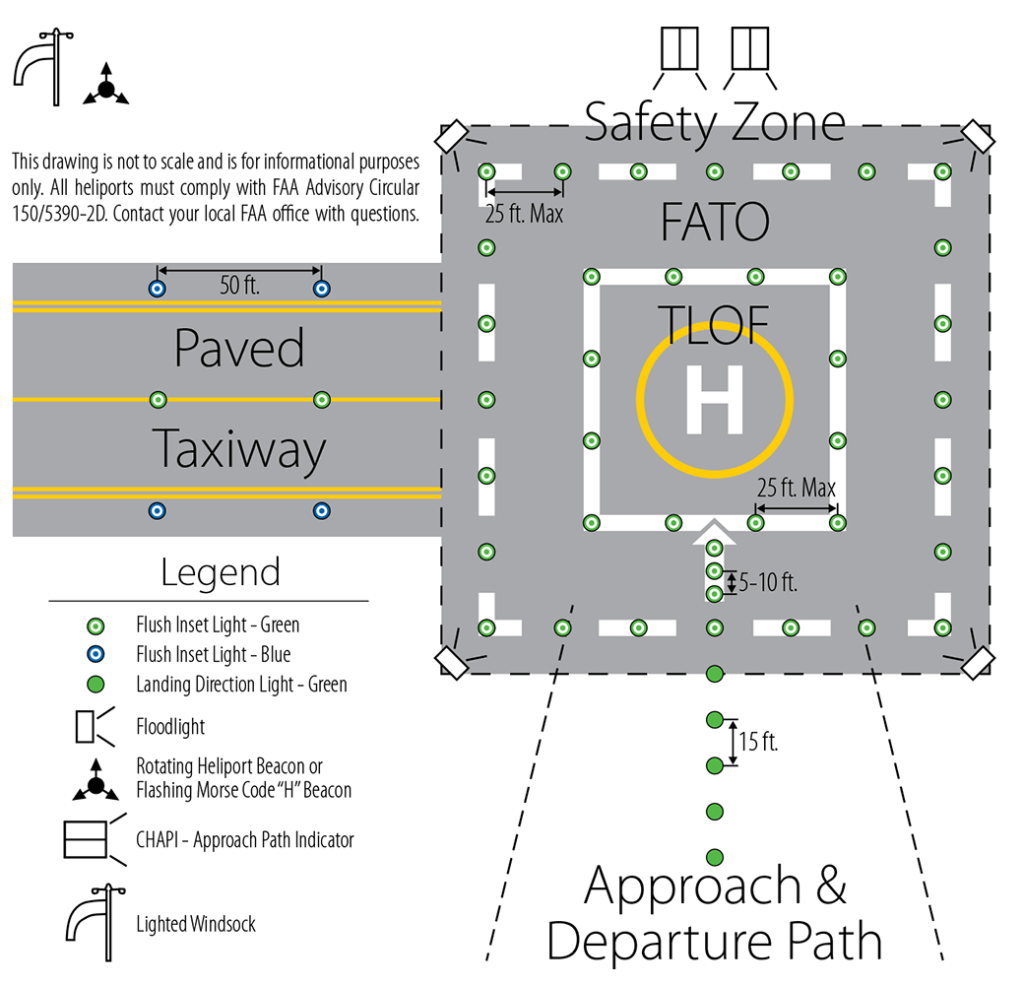
This marking is essential because it indicates that the area is a heliport. It also assists the pilot in the preferred approach of departure and landing.
These markings define the parameters or the surface area for the pilot to prepare for TLOF and FATO.
This marking indicates the maximum helicopter weight that can land on the heliport. This marking is especially useful for heliports on top of a building, ship, or helideck.
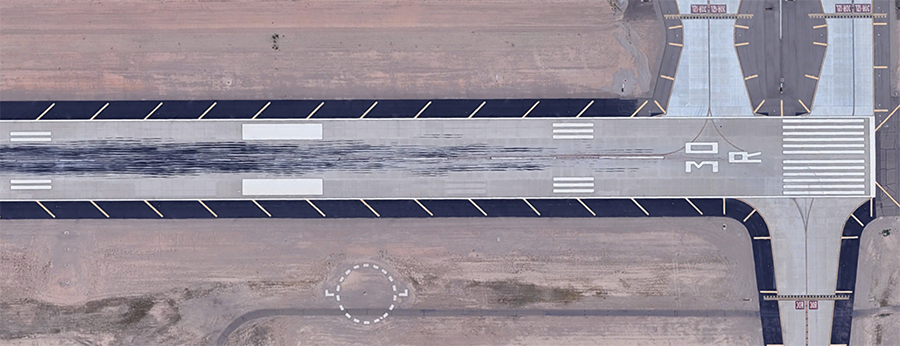
Runway markings serve to guide pilots during takeoff and landing, helping them maintain proper alignment, speed, and distance from other aircraft and runway features. They also indicate areas where aircraft should not taxi or park.
The three classifications of runways are Visual Runway (VR), Non-Precision Approach (NPA), and Precision Approaches (PA). Visual runways have no instrument approach procedures and rely on the pilot’s visual judgement. NPA runways have basic approaches with a few navigational aids, such as localizers and VORs. PA runways have more complex approaches with multiple navigational aids, such as ILS or GPS-based systems.
Who many feet wide are international Airfield Runways?
150 feet wide. And 6,000 – 15,000 feet long.
White markings are used for runway centerlines, runway edges, and holding positions. Yellow markings indicate caution areas, such as areas that require increased attention by pilots or where aircraft should not taxi or park.
Airport authorities are responsible for maintaining runway markings, including regular inspections, cleaning, and repainting.
How often are markings repainted?
The frequency of repainting depends on several factors, including the volume of traffic, weather conditions, and the type of paint used. Typically, runway markings are repainted every one to two years.
Failure to maintain runway markings can lead to safety hazards, including runway incursions, incorrect takeoff or landing procedures. No to mention collisions with other aircraft or ground vehicles.
Weather conditions, heavy use, and budget constraints are some common challenges faced by airport authorities in maintaining runway markings.
Like what you see? Access all of our learning materials and Question Banks.

Discover the importance of understanding runway markings, which guide pilots during takeoffs, landings, and taxiing.
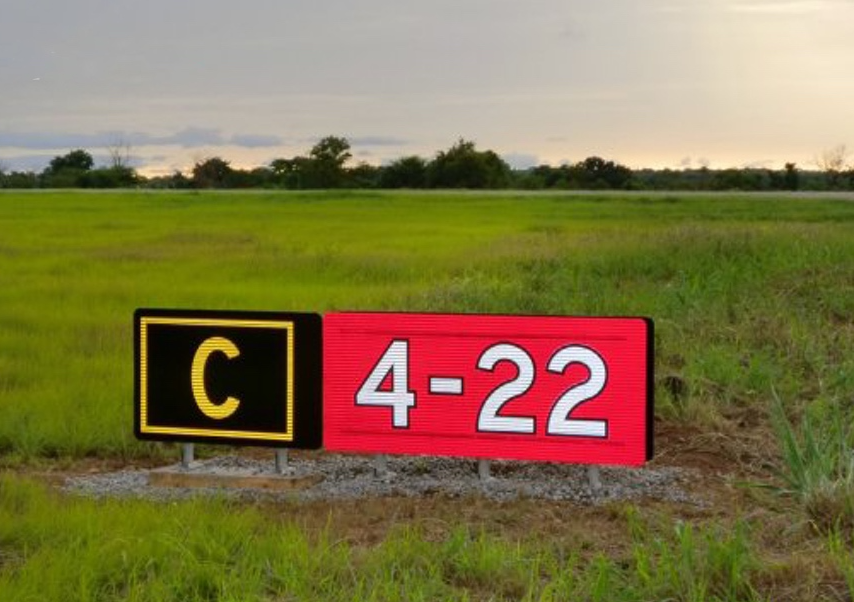
Know your airfield signs! Not being familiar with standard visual aids can be very stressful, especially when visiting a new aerodrome.
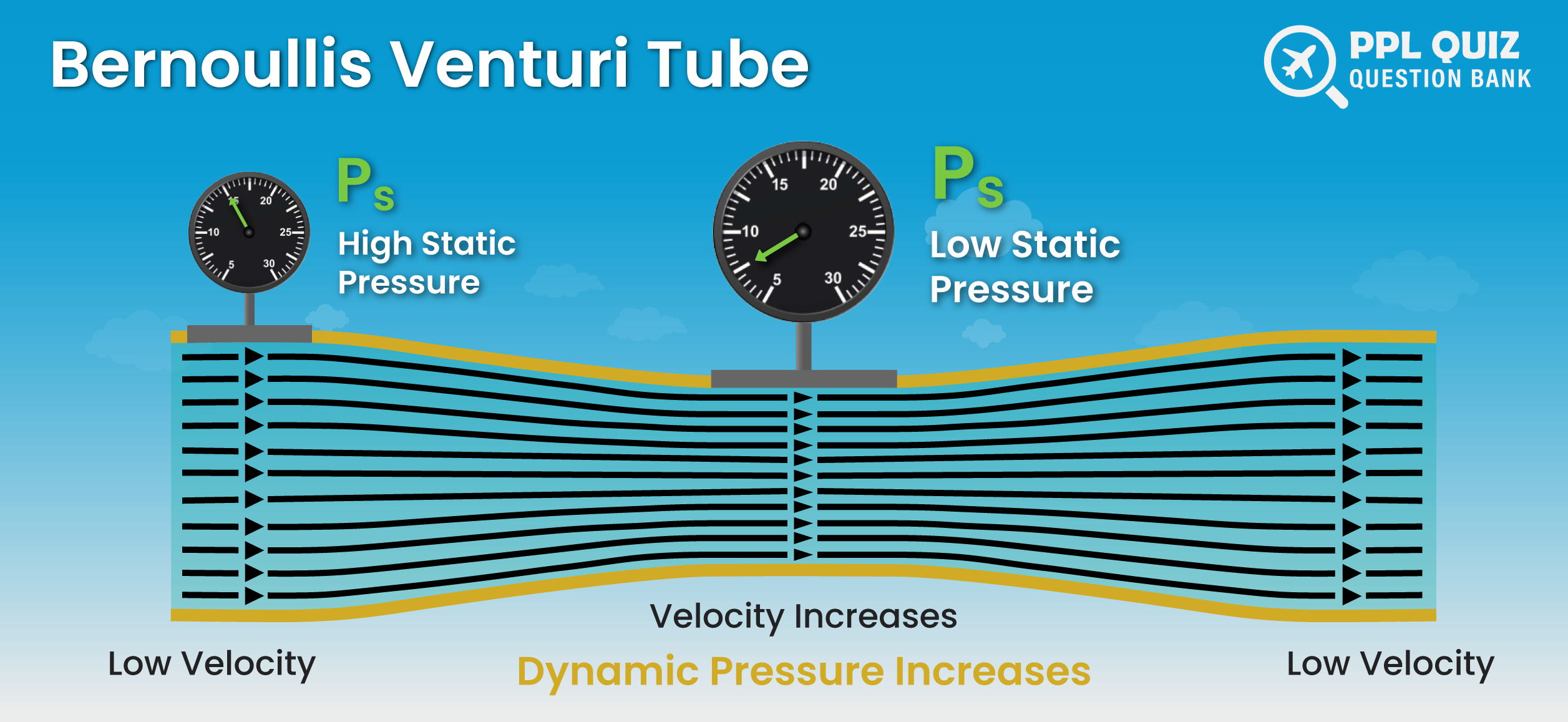
A Guide to Understanding Bernoulli’s Principle and how it helps explains lift, with Lots of images to help you visualise the principle.
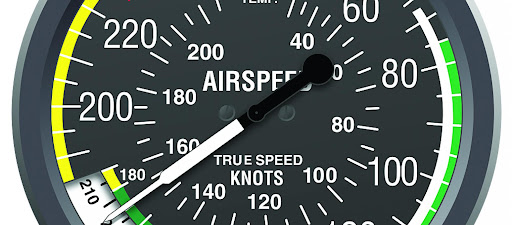
We’ll break down everything you need to know about V-speeds, plus we’ve put together a convenient list so you’ll never have to search for them again!
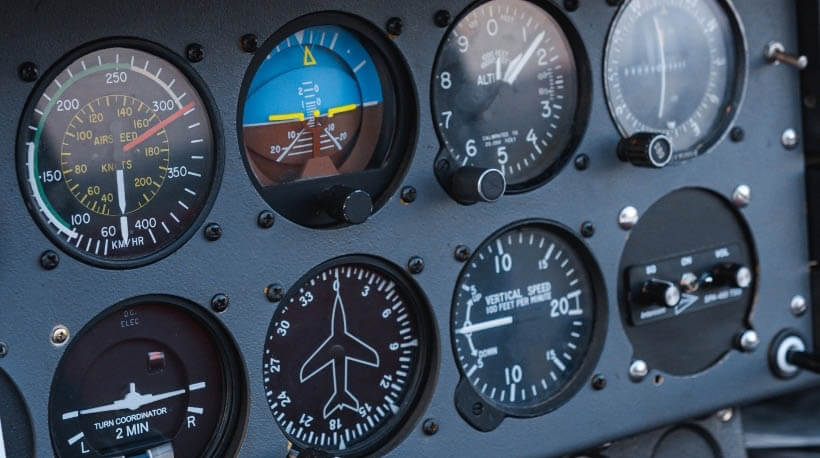
What is the aviation Six Pack? We take an in-depth look at the 6 core instruments a pilot uses to safely navigate and fly an aircraft.